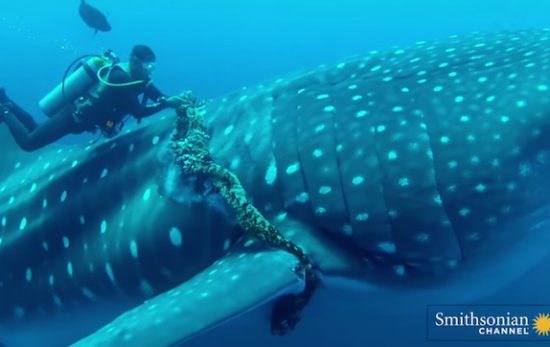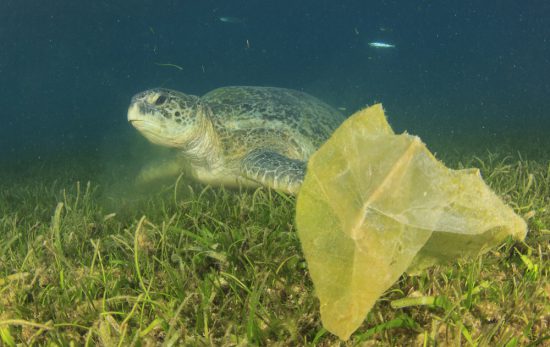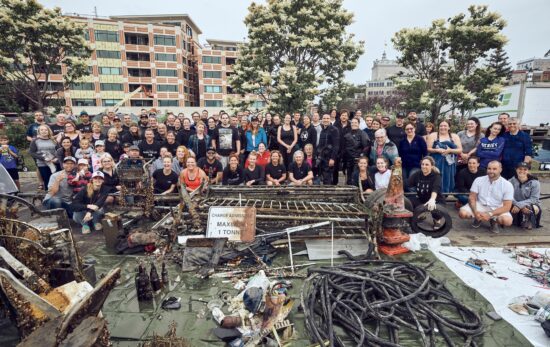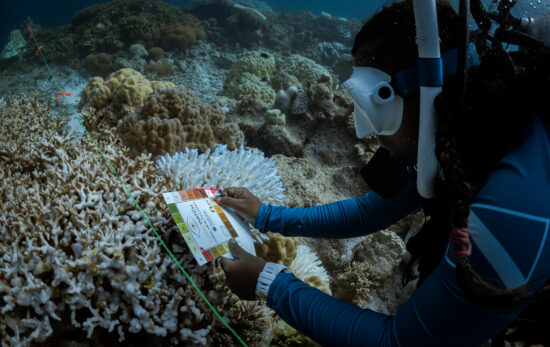All divers share a love of the ocean and it’s only natural to want to protect what you love, that’s why so many of us pick up trash that we see during our dives or even take it a step further and actually report the trash that we find.
Turning your dives into a Dive Against Debris™ means going out with a focus on collecting the debris you find and recording and reporting that information to Project AWARE®, a global movement of divers protecting our ocean – one dive at a time. Not only does this help the ocean but by reporting the data, you become part of a growing army of citizen scientists tackling the problem of marine debris from beneath the ocean waves.
Data reported to Project AWARE is displayed online via an interactive map. It shares surveys from all around the world helping build a picture of debris found and removed from the seafloor in every corner of the globe. So far divers have removed over 630,000 items – almost 62 percent of this is plastic. And over 2,600 animals have been reported as entangled or trapped in fishing line, nets and other items.
Anyone who has picked up trash during a dive knows that it feels good to be doing something helpful – and, dedicating your dive to “Dive Against Debris” can be a lot of fun!
But before you grab your dive gear and download your Dive Against Debris survey tools these six tips will help you collect marine debris in a way that keeps you safe and protects the reef and its inhabitants.
Sometimes you should NOT to remove debris: Marine life soon grows on marine debris and marine animals often make a home in pieces of marine debris. In these cases you should decide whether to remove an item or leave it in place. Sometimes it is worth a small short-term disturbance to remove potentially harmful marine debris, other times it may be better to leave the item in the ocean. Safety is your primary consideration when removing marine debris – If you are unsure if it is safe to remove an item, leave it in place; do not touch or remove weapons or ammunition – mark the location and inform the authorities.
Take great care with or leave in place rusty items that may be surprisingly sharp or items that may leak chemicals that could be harmful if they come in contact with your skin or equipment. Ultimately, if you are unsure, leave it in place. For more information about what items to leave behind, read Project AWARE’s Dive Against Debris Survey Guide.
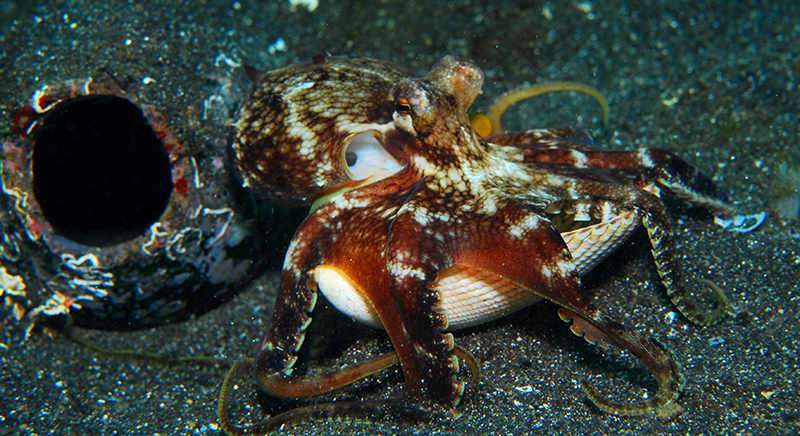
Photo by Juerg Kipfer
Use a lift bag for larger items: Never put yourself at risk and don’t forget your scuba training. If you find an object which is more than 4 – 7kg negatively buoyant use a lift bag not your BCD to surface it (if you drop the object when using your BCD to offset the weight you will be at risk of an uncontrolled ascent). Using a lift bag can be potentially dangerous if you haven’t learnt how to – to find out more about using lift bags and other ways of recovering objects check out the PADI Search and Recovery Specialty Course here.
Look before removing trash from corals: If you find trash among or on coral, think before you reach out to grab it. Check around it first – maybe you didn’t initially see the scorpion fish sitting camouflaged next to it! Using a pointer stick is a great way to cautiously lift the item so you can check for any hazardous marine life underneath it. When you know it is safe to remove it, do so slowly and carefully so you don’t damage any other corals.
Take care when removing fishing line from branching corals: This is a game of patience. Never try to pull the line free – it will tighten around branches and snap them. The only way to go is to slowly unwind the line from around the coral. If it is caught low down on the branches you might not be able to remove it, in which case do what you can and trim away wherever it is possible using scissors. Don’t try and use a dive knife in this instance; for the knife to work the line needs to be taught and if you pull it tight you risk breaking off branches.
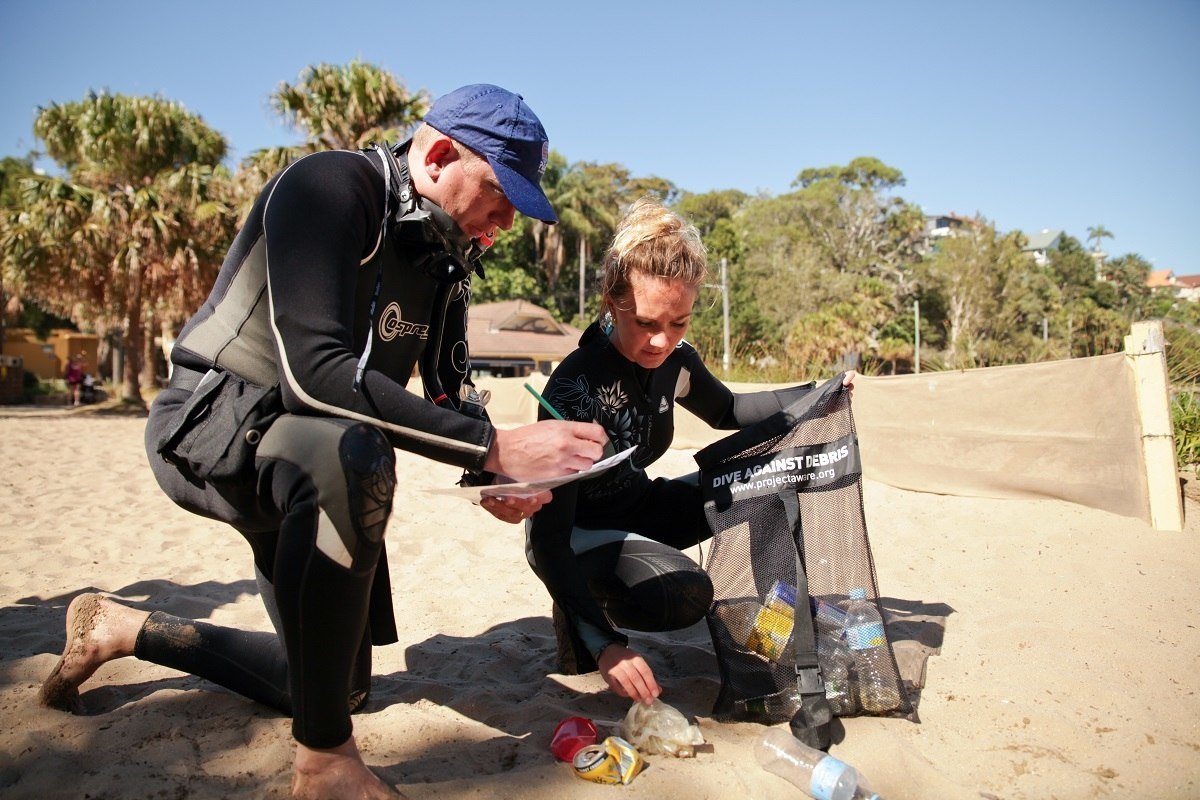
Essential tools to take on your Dive Against Debris: These handy items will keep you safe and make your Dive Against Debris much more effective.
- Somewhere to put the trash you pick up – a mesh bag is most effective as it will not hold water, vegetable sacks are also a good alternative.
- A strong dive knife for cutting and scissors for trimming (do not store scissors in your BCD pocket!)
- A pointer stick is good for turning over items to assess if it is safe to pick then up.
- A good length of rope or strong cord will allow you to secure items of debris and provide a means of attaching a lift bag.
- A lift bag – if you are trained in how to use them.
- Your Dive Against Debris Survey toolkit. Download your survey guide, data card and marine debris identification guide. Don’t leave home without it! Cleaning up your site is great but reporting what you find is even better!
Ensure Your Own Personal Safety.
- Be very careful when putting trash in your BCD pockets. It’s better to use a mesh bag and preserve your BCD.
- Look closely at items before touching them to make sure there are no hidden dangers.
- If you are not sure if it is safe to touch – leave it!
- Gloves will give your hands some protection against sharp edges but remember that even with gloves you should avoid touching coral and marine life.
- If you are pulling an item out of sand think about the effect it will have on visibility.
- Remember your dive training and never attempt to remove items of debris if it could be potentially hazardous to you or your buddy to do so.
To find out how you can turn your dives into a Dive Against Debris survey head to projectaware.org. Don’t let your dives go to waste – whether you pick up one bottle or 200 the data you report helps build the underwater perspective to a problem that is often ‘out of sight – out of mind.’ And don’t forget even if you don’t see any rubbish on your dives you can still report your site as Debris Free.
Join Project AWARE and its movement of scuba divers who make a difference for our ocean: www.projectaware.org

